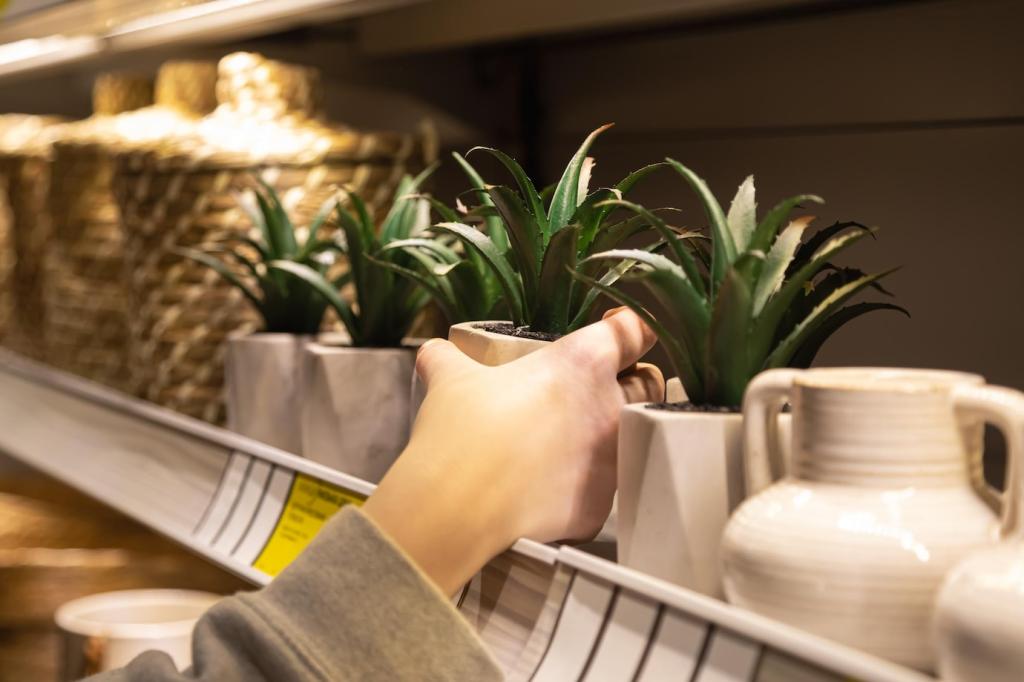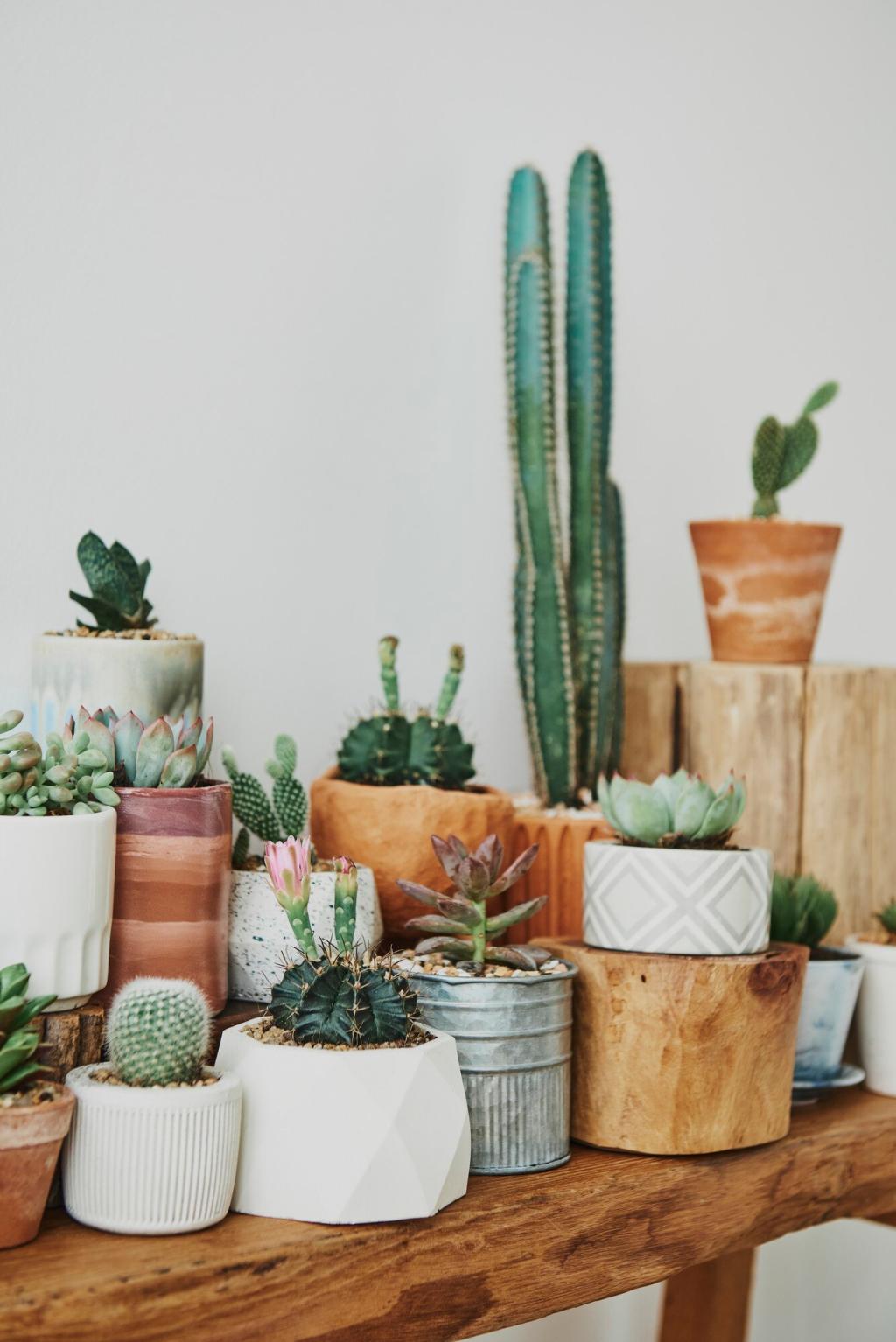Chosen theme: Sustainable Furniture Materials. Step into a world where smart material choices shape healthier homes and a kinder planet—discover stories, facts, and practical tips you can use today.
Why Sustainable Materials Matter
Every board and panel carries a story of land, water, and labor. Choosing sustainably managed wood slows deforestation, protects biodiversity, and supports fair forestry. When that wood becomes a table or chair, you’re not just decorating—you’re voting for long-term stewardship with every meal and moment.

FSC and PEFC Explained
Forest Stewardship Council (FSC) and Programme for the Endorsement of Forest Certification (PEFC) labels verify responsible harvesting and chain-of-custody. They’re your shorthand for habitat protection and fair labor. Ask for documentation; reputable makers share certificates, species details, and even QR codes to trace where your timber began.
The Charm of Reclaimed Wood
A friend built a coffee table from old gym bleachers, every scratch a scoreboard from decades past. Reclaimed oak kept character out of the landfill and brought warmth home. Expect nail holes, patchwork, and patina—the honest fingerprints of time that no factory distressing can truly imitate.
Engineered Panels Without the Toxins
Look for formaldehyde-free MDF and plywood that meet CARB Phase 2 or TSCA Title VI standards. Innovative wheat-straw boards and soy-based adhesives reduce petrochemical reliance. The result: sturdy shelving and cabinets with fewer emissions, better indoor air, and performance that matches conventional panels—without the hidden health tradeoffs.
Rapidly Renewable Alternatives
A bamboo console I tested shrugged off daily keys, mail piles, and winter boots. Laminated bamboo rivals hardwood in hardness, grows fast, and can be responsibly farmed outside panda habitats. Ask about plantation management, glue types, and pressing methods to ensure that speed doesn’t compromise sustainability.

Rapidly Renewable Alternatives
Harvested from bark without felling the tree, cork naturally resists moisture and recovers from compression. As seat pads or side tables, it damps sound and adds warmth. Lightweight and tactile, cork invites touch while supporting Mediterranean landscapes where cork oaks anchor rural economies and biodiversity.

Recycled Aluminum Frames
Aluminum can be recycled indefinitely with a fraction of the energy of primary smelting. Look for high recycled content, powder-coated finishes, and bolt-together frames for repair. Lightweight yet strong, aluminum bases pair beautifully with reclaimed tops, keeping both materials in circular motion without aesthetic compromise.
Steel with a Second Life
EAF steel made from scrap reduces mining and can last generations. It loves repair: a weld here, a new foot there. Designers often specify exposed fasteners, making disassembly easy. When your style changes, that frame can find new purpose, from bench legs to shelving brackets.
From Bottles to Tabletops
Recycled glass terrazzo sparkles under morning light, each shard a tiny history of bottles reborn. Mixed with cement or resin, it forms striking, durable surfaces. We met a family who chose a glass-and-ceramic composite tabletop so their kids could literally eat on a story of recovery.
Bio-based Foams, Fabrics, and Finishes
Mycelium composites, grown from mushroom roots, shape lightweight shells and panels. Natural latex cushions offer lively support and longevity without petroleum foams. Pair with wool or cotton batting instead of synthetics. Check for responsibly sourced sap and consider compostability guidelines so end-of-life is truly earth-friendly.
Care, Repair, and Community
Keep wood filler, wax sticks, spare screws, and a gentle cleaner handy. Refresh oiled finishes seasonally; patch fabric with matching swatches or creative visible mends. Local repair cafés can help revive wobbly chairs and tired drawers, saving money and keeping beloved pieces in circulation longer.
Care, Repair, and Community
Favor pieces assembled with bolts over permanent glues. Label hardware, keep Allen keys nearby, and ask brands for spare parts. When you can replace a seat pad or arm instead of the whole chair, you extend value, reduce waste, and learn how your furniture is truly made.


